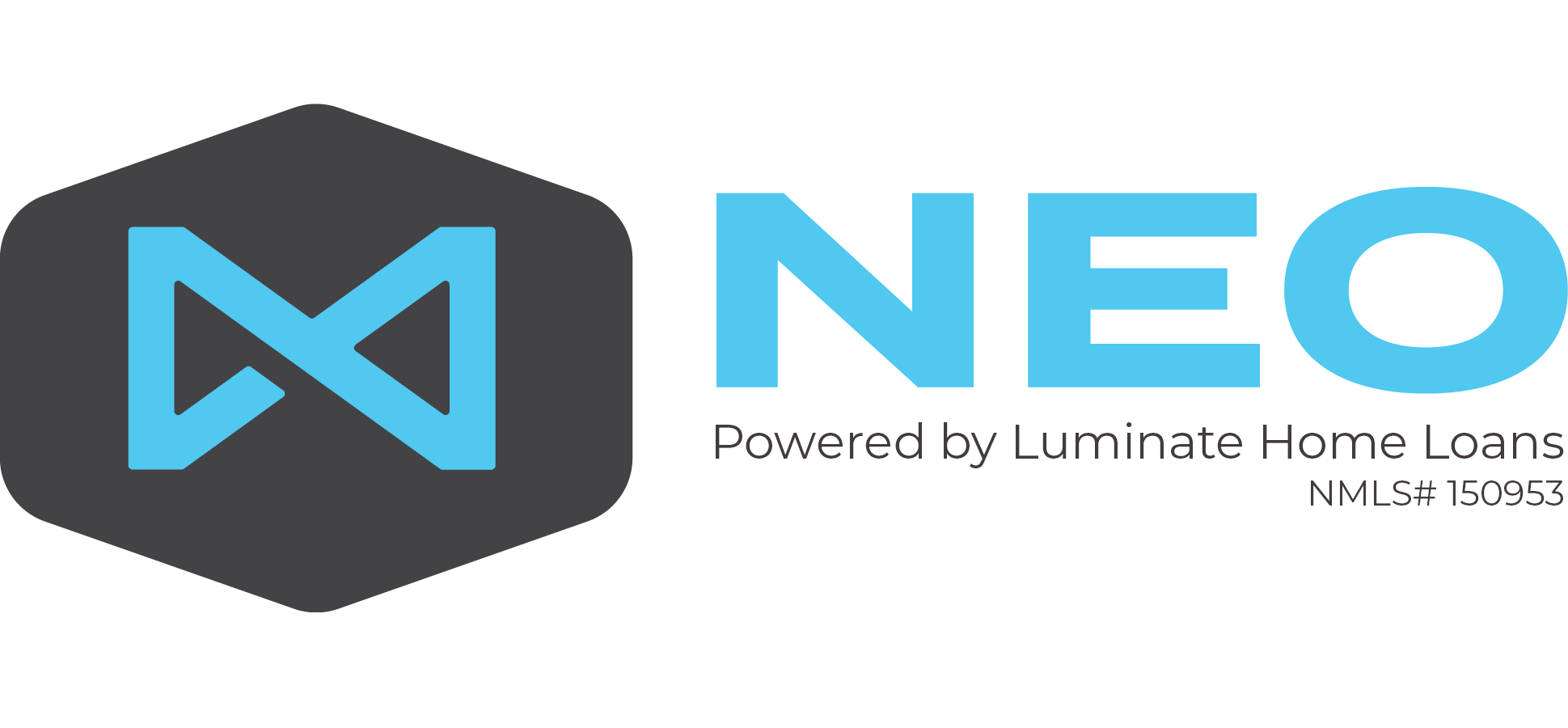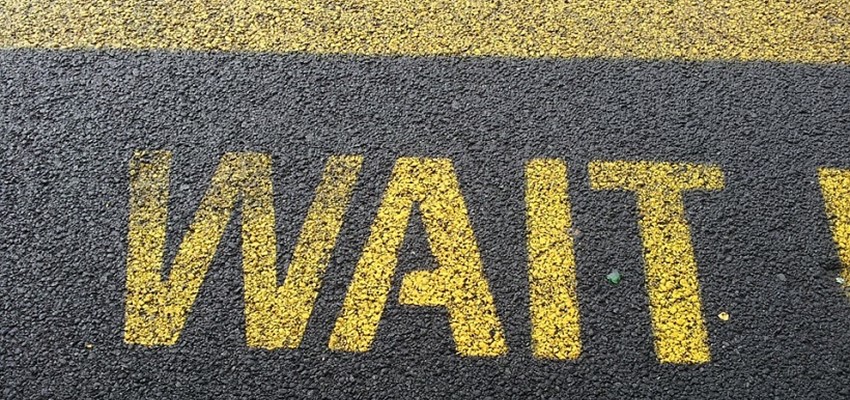The American Dream is to buy a home and we incur a massive debt to make that possible. We are always told that debt is bad and so therefore the first step after getting this massive debt is to work on paying it off, right? I am here to say that you should not pre-pay your mortgage until you read this…
Most Americans, in addition to the debt they incurred to make home ownership a reality, have other debts. Debts related to other very important items related to American culture – education, nice cars, good looking clothes, etc.
How Does Your Mortgage Debt Compare?
I believe that most of the other debts we have are worse than the mortgage, especially in recent years. Consider that 30 year fixed mortgage rates have been in the 3s and 4s for several years.
Now, consider your auto loan. What is your rate on that? I am betting it is higher than 4%.
How about your student loans? Some of you might have some pretty darn low rates that are in line with, if not lower than, your mortgage rate. But others have rates in the 6-10% range.
On to credit cards. YIKES! Credit cards are the worst. Most credit card rates are in the 12-20% range.
What other debts do you have? What are the rates on those debts? Is it higher than your mortgage rate?
Debt Snowball
Have you heard of Dave Ramsey? If he wasn’t the creator of the term debt snowball he certainly made it more mainstream. Here is the gist:
Identify all the debts you have. Begin your debt reduction journey by paying off the lowest balance debt first. As you pay off the lowest balance debt you then apply that payment to the next lowest debt until you pay off all of your debt.
Why do it this way? It feels good. It helps you feel like your are making progress. Let’s say you have a $250,000 mortgage, $15,000 auto loan, $3,000 credit card, $1,500 credit card and a $500 credit card. If you were to try to pay off your mortgage first it would take a looooong time. At times you might feel like you aren’t even making any progress. On the other hand, if you were to start by paying off your $500 credit card first, within a few months you would have that paid off. Then you would have some extra money to apply towards the $1,500 credit card paying it off not much time after that. It feels good, right?
In this debt reduction strategy your mortgage would likely be one of the last debts you pay off because of the size of the debt.
Debt Avalanche
Is it getting cold in here? First snowballs and now an avalanche? Brrrr.
The debt snowball says to pay off debts in order of lowest balance first. The avalanche on the other hand says to pay off highest interest rate first. Why? Well, when you calculate out the numbers this plan will always pay off quicker and with less interest than the debt snowball…BUT it takes patience.
The debt snowball will allow you to feel like you are making progress fast. Depending on which of your debts has the highest interest rate you may not feel like you are making the progress you might see with the snowball strategy, but you are. I promise.
Because you are applying a principal reduction on the highest interest rate debt you are reducing the amount being paid towards interest each month giving the benefit to you and not the bank. The principal balances on your debts will be dropping quicker than with the snowball. Once you get that first debt paid off it starts to feel good again and now the avalanche really starts. All that payment is now being applied towards the next highest interest rate debt dropping your balances every month at a fast pace.
Just like the snowball strategy, it is very likely that your mortgage will be one of the last, if not the last, debt you will pay off with this strategy.
What About the Mortgage?
From the explanations above you can see with both of these very popular debt reduction strategies your mortgage would be one of the last debts to be paid off. Either because the rate is very low or the balance is very high.
My suggestion (just a suggestion – you should speak to a financial adviser to discuss your particular situation), is to follow one of those strategies above and hold off on your mortgage until the time is right.
Either of these strategies will work. Just pick the one that is right for you. Don’t worry too much about the best option and instead get going. The negative impact on waiting your debt reduction journey will be worse than picking the wrong strategy.



